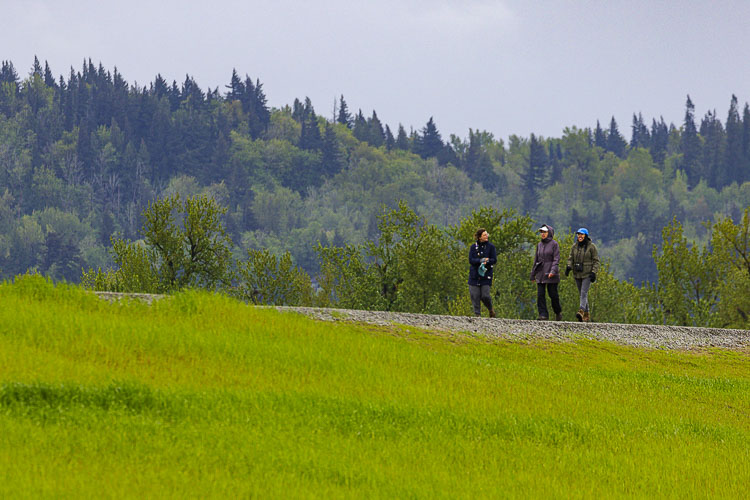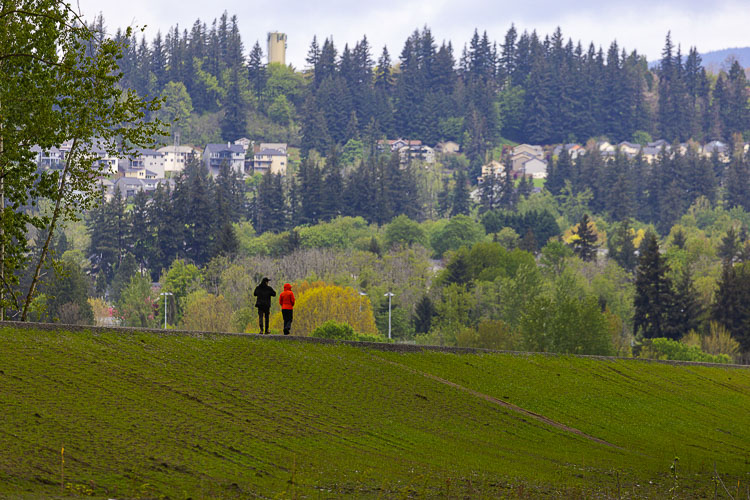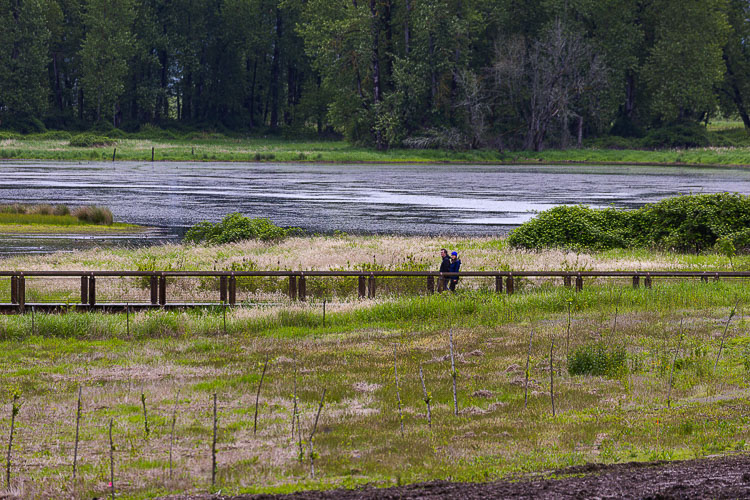
Washougal’s ‘front yard’ back open as animals and people return to refuge
WASHOUGAL — She could have said welcome back.
It has been, after all, two years since the closure of Steigerwald Lake National Wildlife Refuge in Washougal.
This was more personal to Juliette Fernandez, though.
“Welcome home,” said Fernandez, who works for the U.S. Fish and Wildlife Service and is the refuge manager.
Home just felt natural.
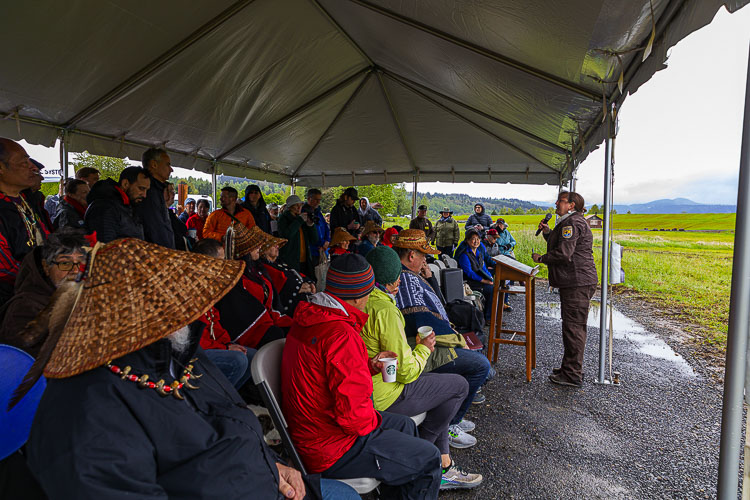
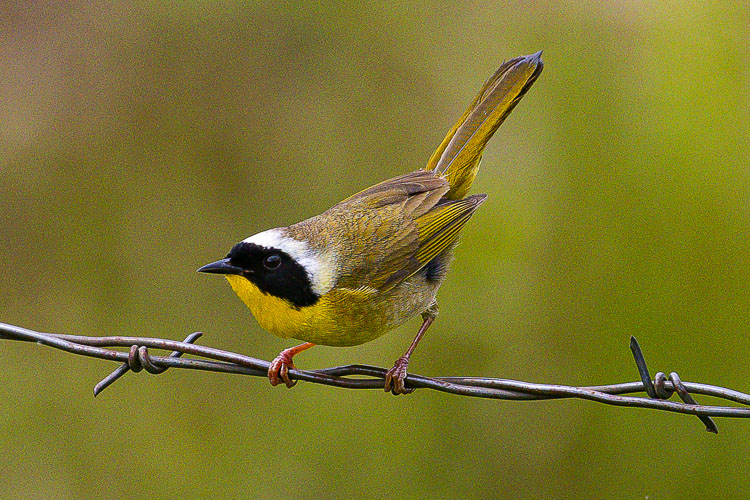
More than 100 people, who braved the cooler-than-average temperature, the rain, and the wind on Saturday, cheered. They were there for the official reopening.
That’s right, home.
Molly Coston, a council member for the city of Washougal and the former mayor, boasted that the refuge is “our front yard.”
A week earlier, there was a soft opening. No fanfare. Just an opening of the gates. Within hours, the parking lot was full, and cars were parked along Highway 14.
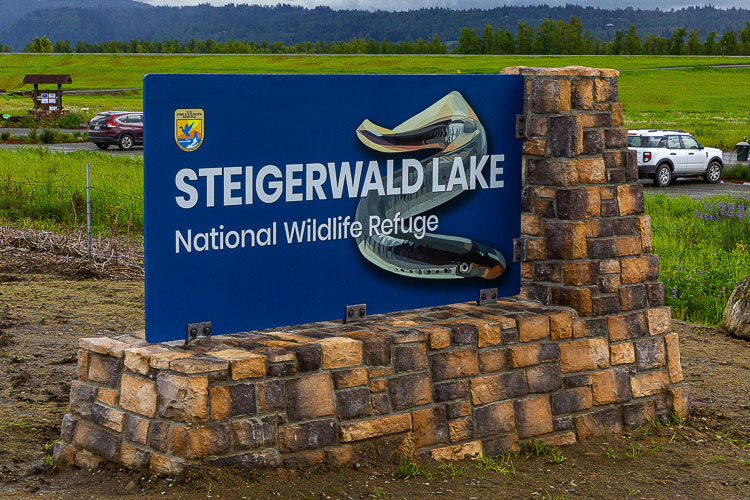
Outdoor enthusiasts just could not wait any longer to catch a glimpse of what is being described by area officials as the largest habitat restoration project in the history of the lower Columbia River.
Representatives from the U.S. Fish and Wildlife Service, the Lower Columbia Estuary Partnership, the Port of Camas-Washougal, Bonneville Power Administration, and the city of Washougal were among the guest speakers at the opening ceremony. Members of the Cowlitz and Chinook Indian Tribes were on hand as well, to give a blessing, sing, and perform the drums. And there was a science teacher from a nearby school.
“It is so exciting. We have all of our project partners here today,” Fernandez said. “It was the most amazing coming together, collaborators and experts in the field, to do this habitat restoration. We are seeing the wildlife respond like never before, and the habitats have completely changed. It’s beautiful. You can really see how the watershed works. It’s the culmination of a lot of really hard work to benefit wildlife.”
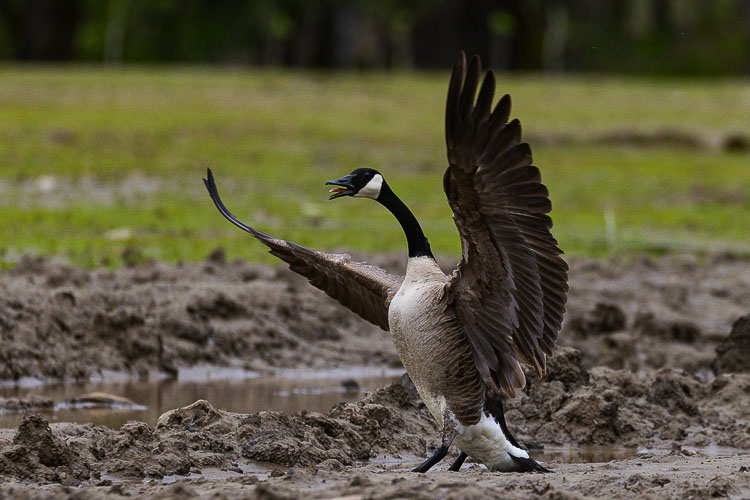
Chris Collins of the Lower Columbia Estuary Partnership and the project manager of the Steigerwald Reconnection Project said there were several reasons to invest in the changes at the refuge.
By realigning the levy system, the port, the industrial park and many residents have improved flood protection. There is a renewed habitat that reconnects 965 acres to the river for the benefit of water fowl, salmon, and lamprey. It also reestablishes unobstructed fish passage into the site.
Collins said he is thrilled that visitors can now see the Columbia River from inside the refuge.
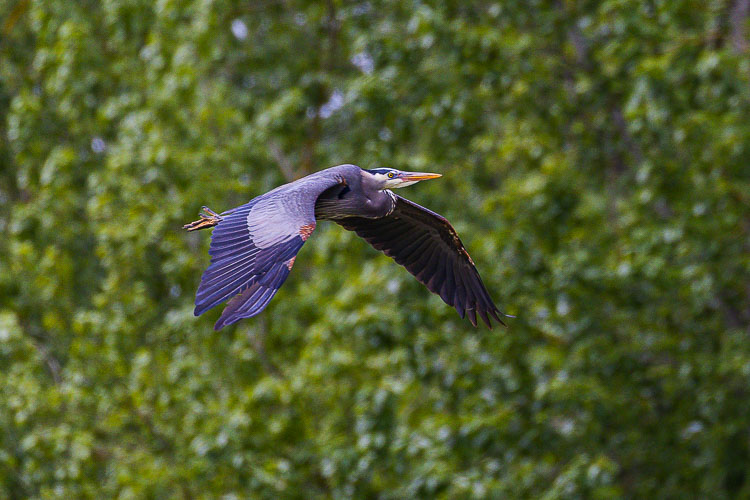
Experts are taking reports from residents who have already noticed big changes in the area.
“The refuge used to be, essentially, a lot of grass with just a small ribbon of water through it. Now, it’s so much more water on the landscape, it’s truly a wetland,” Fernandez said. “We’re seeing a lot of ducks returning and using the area. We’ve heard from the community that they have seen steelhead and coho salmon in their backyards … in Gibbons Creek. It’s just really amazing to hear these little anecdotes of the landscape changing and the wildlife responding to that.”
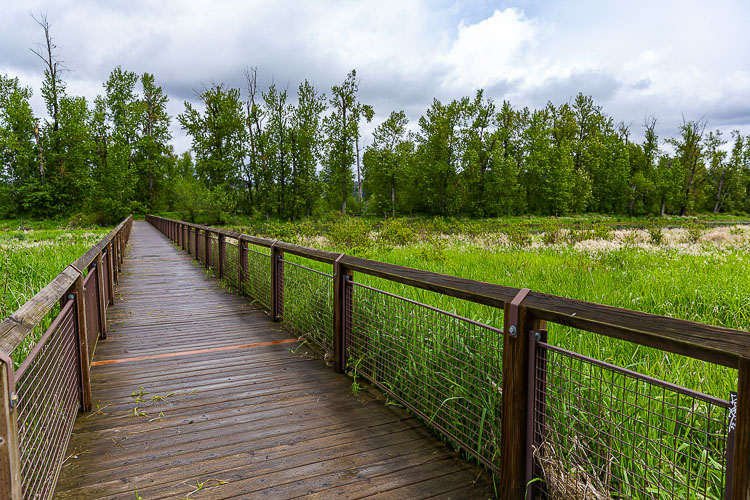
Caitlan Wagner, a science teacher from Helen Baller Elementary in Camas, has been bringing students to Steigerwald for years. She said that students can learn in a classroom environment, but “there is something really magical that happens” when students can get their hands dirty in the soil of the local land. They also love seeing the animals.
“They also, of course, are excited when they get to spot any wildlife. Bald eagles, osprey, river otters, turtles, frogs, great blue herons, snakes, and even the bones of a deer carcass are all things they have memories of seeing. It’s always fun to watch them try to contain their excitement so as not to scare off any animal they are trying to observe.”
The refuge is open from sunset to sunrise. There is no entry fee. The trail has been extended and is now 3 miles — making it a 6-mile round trip from the parking lot just off Highway 14 in Washougal.
